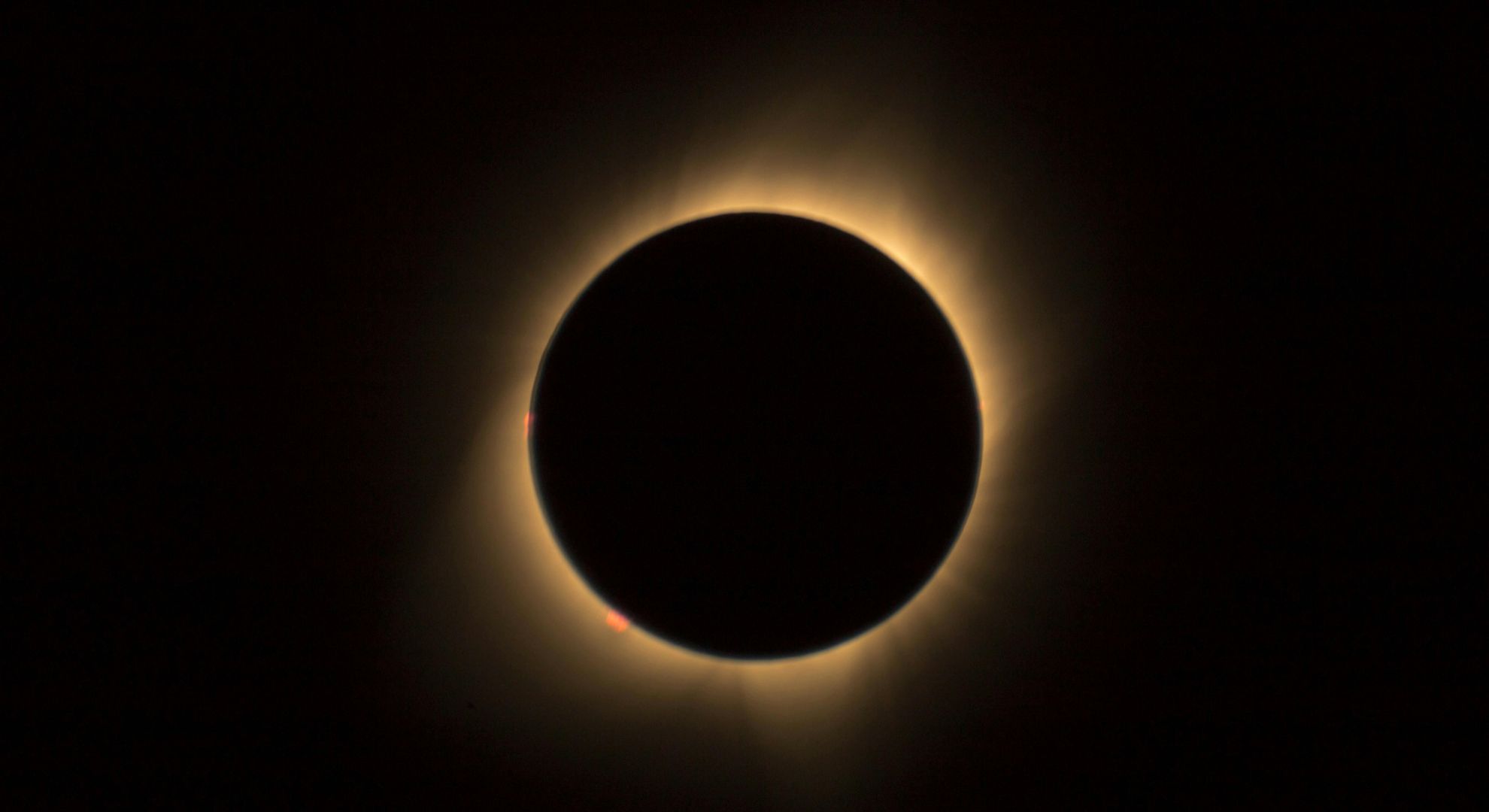As April approaches, excitement mounts for the impending 2024 total solar eclipse, set to grace the skies on April 8th. This rare phenomenon, visible from Mexico to Canada, promises a fleeting moment of awe as day briefly turns to night.
Distinguished from its 2017 predecessor, the 2024 eclipse boasts a wider totality shadow, making it accessible to more viewers across various states. Expected to extend over four minutes at some locations, Ernie Wright from NASA’s Scientific Visualization Studio said, “More than twice as many people actually live in the path and don’t have to go anywhere to see it.”
Residents fortunate enough to fall within the eclipse’s path, stretching from Kerrville, Texas, to Houlton, Maine, can anticipate an unforgettable experience. However, smaller towns along the route may experience congestion, prompting the need for careful preparation with additional food and gas supplies.
Amidst the excitement, recent research by Dr. Donald Redelmeier and his team at Toronto’s Sunnybrook Health Sciences Centre sheds light on a concerning trend observed during the 2017 solar eclipse. Analyzing data from the National Highway Traffic Safety Administration, the study unveiled a significant increase in traffic accidents during the eclipse period.
Dr. Redelmeier underscores the findings, stating, “In absolute terms, this averaged to 1 extra crash-involved person every 25 minutes and 1 extra crash fatality every 95 minutes.” Despite the eclipse’s narrow coverage area of about 70 miles wide, it was associated with a notable 31% rise in fatal traffic accidents nationwide.
Contrary to expectations, the surge in accidents was not linked to visibility changes caused by the eclipse. Instead, the researchers attribute it to the surge in travelers journeying to witness the rare celestial event. Dr. Redelmeier cautions, “With the 2024 eclipse accessible to over 200 million individuals in the US, heightened traffic density poses significant concerns.”
While traffic density emerges as a prominent risk factor, the researchers acknowledge other potential contributors, including travel on unfamiliar routes and driver distraction. In light of these findings, Dr. Redelmeier emphasizes the importance of heightened driver vigilance and adherence to safety measures.
With this being the last total solar eclipse visible in the contiguous United States until 2044, careful planning is essential. As much as ensuring your eclipse glasses are ready and your viewing location, also prioritize safety on roads. Therefore, remember to wear your seatbelt, adhere to speed limits, and refrain from driving under the influence.
Other POP! stories that you might like:
The threat posed by bed bugs, and how to get rid of these literal suckers
Better start dancing for better mental health, study says
‘Prank gone wrong?’: Man acts on takoyaki store’s April Fools’ post, tattoos logo on forehead
Some Filipinos will scream ‘Filipino pride’ no matter what, even if wrong
Glasgow ‘Willy Wonka’ organizer claims his life is ‘ruined’ after botched event



